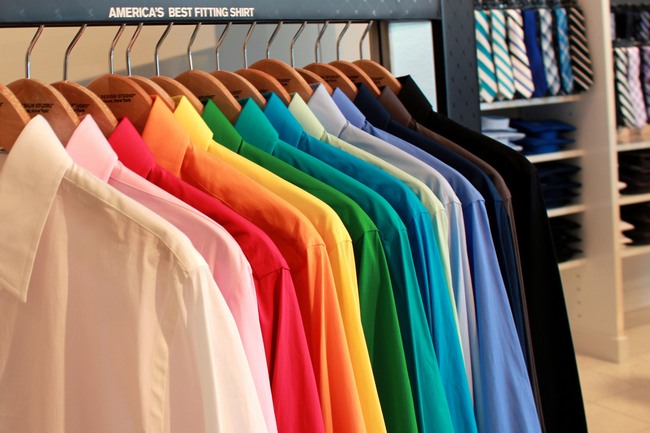It seems that fashion designers may need a doctorate from Harvard, or perhaps Hogwarts, to understand the science of sizing today. Though there are numerous methods and strategies for this across the globe, none seem to be the answer to prevent all of the associated headaches. A size medium in one location might be two different actual sizes in another region, sometimes even in a neighboring store. Not to mention the problems a brand has to face when translating their sizes from one culture to another.

The difference between clothing sizes can be a source of a major headache for designers, retailers and shoppers alike
(image via fullerfigurefullerbust.com)
It’s All about the Local Realities, or When in Rome…
An excellent example is sizing standards in Korea. A size extra small, originally made for clients in Europe or the U.S., corresponds to a size large for consumers in this Asian country. It’s no wonder why this creates so much confusion for designers and shoppers.
Cultural differences also mean brands have to actually design clothes that are smaller to fit the target clientele, not just stick new labels on an existing range. For example, the average breast size in Europe is a C to D cup, while in Asian countries it is usually around an A. So even though tapping into a new foreign market might sound like a lucrative prospect at the onset, it often becomes so frustrating that talented, hardworking designers simply throw in the towel.
The Growing Market
(image via Xoyos.com on Flickr)
On the other side of the spectrum, there’s the ever-increasing demand for plus size fashions. This too could be an extremely profitable opportunity, but it does not simply entail creating apparel that is bigger in size. It’s no secret that to properly fit, the plus size garment must not just be larger than an average one, but also be constructed differently. It takes special skill to design a dress that hangs well on a curvaceous woman and on a straighter frame. In some cases, this is an episode of mission impossible.
A practice commonly known as vanity sizing does not make things any easier either. Since many fashion-savvy consumers wish to be considered that so called perfect size 0, fashion houses have begun designing clothes that are larger, but label them much smaller. A dress from a brand that adopts vanity sizing may have been a size 10 few short years ago, but is most likely now labeled as a size 8 or a 6. The logic behind it is that consumers will purchase the piece with the smaller size printed on the label rather a product from a competitive brand that does not flatter the shopper’s physique the same way.
(image via Minh Hoang on Flickr)
So Which Way Do You Go?
There is room for discussion concerning exactly which sizing practice is best. The vanity sizing approach is one path to go, albeit a questionable one. A good rule of thumb is to provide the buyers with detailed size correspondence charts, or print labels with sizes listed for the specific geographical area to minimize the hassle for retailers and end consumers. Alternatively, you might choose to perfect your existing lineup and concentrate on catering to a niche group of consumers with a certain body type before accumulating money and knowledge necessary to break into new sales territory. No matter what you decide to do, remember that the goal is to enhance your commercial success while building a loyal following of satisfied clients, and plan accordingly.




About The Author: BridgeShowroom
Since 2011, BRIDGE SHOWROOM has been representing Europe's finest designers in America.
We are partners, linking together retailers and designers.
More posts by BridgeShowroom